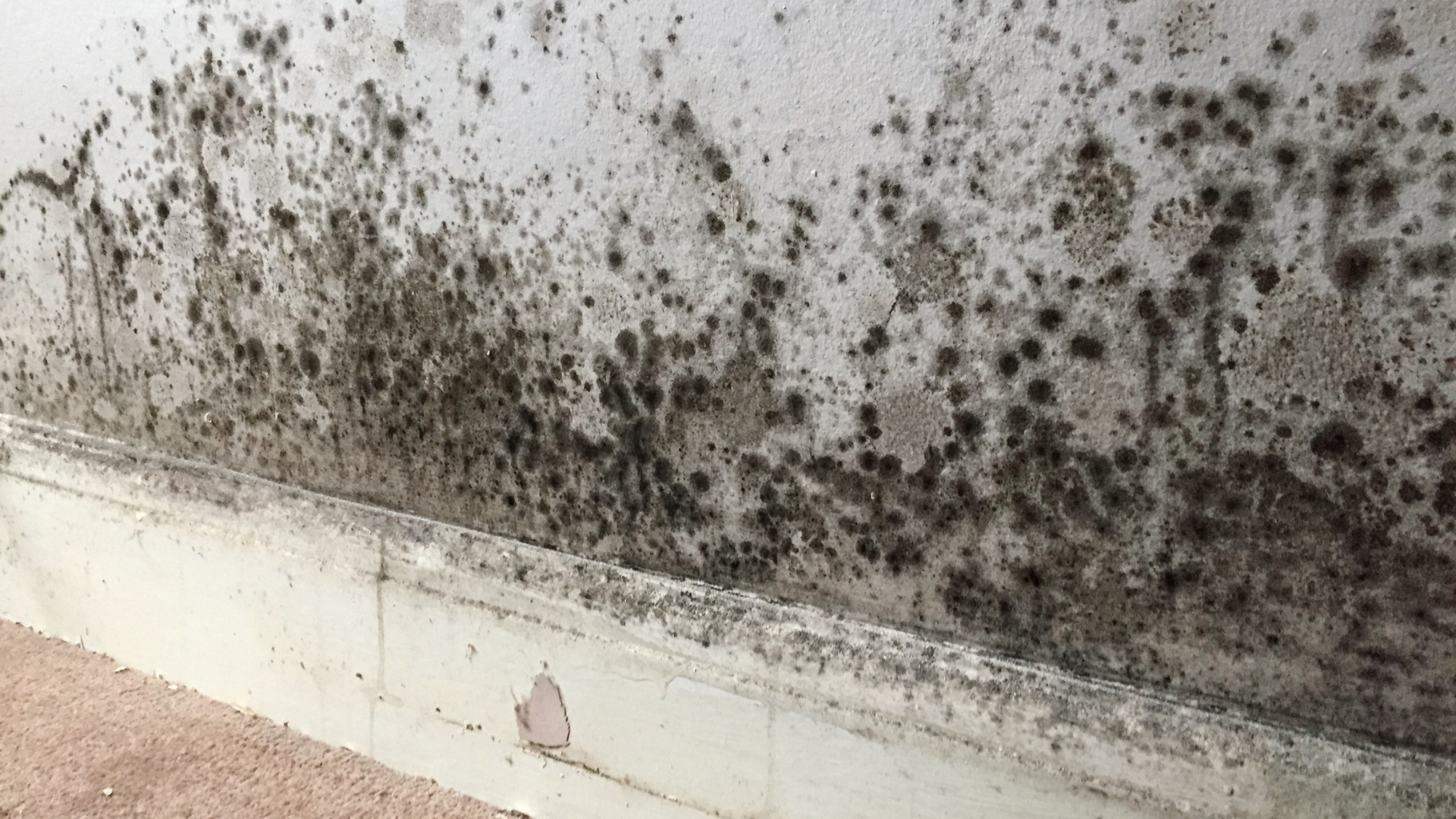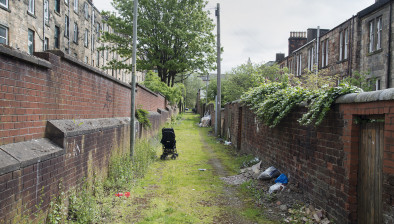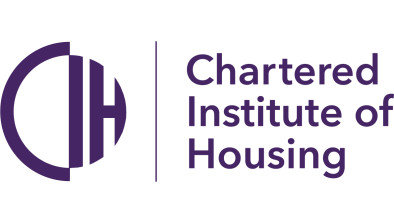England: October date set for Awaab’s Law enforcement

The UK Government has announced it will bring Awaab’s Law into force for damp and mould in the social rented sector from October this year, and then extend to a wider range of hazards from 2026.
Awaab’s Law was created after the tragic death of two-year-old Awaab Ishak, who died in December 2020 following extensive exposure to mould in the home he lived in with his parents – which was rented from Rochdale Boroughwide Housing.
In the consultation for Awaab’s Law, previous Secretary of State for Levelling Up, Housing and Communities, Michael Gove said: “His parents raised concerns about their living conditions time and again. The landlord not only repeatedly failed to act, but shamefully blamed the family for causing the hazardous mould.”
The petition for the law was created by Awaab’s parents, in partnership with Manchester Evening News and Shelter. Awaab’s Law was introduced in the landmark Social Housing Regulation Act 2023.
The government’s phased approach will work as follows:
- From October 2025 social landlords will have to address damp and mould hazards that present a significant risk of harm to tenants to fixed timescales.
- From October 2025 social landlords will also have to address all emergency repairs including for damp and mould or other hazards as soon as possible and within no longer than 24 hours.
- In 2026, requirements will expand to apply to a wider range of hazards. In addition to damp and mould, the hazards we expect to extend Awaab’s Law to in this second stage of implementation include excess cold and excess heat; falls; structural collapse; fire, electrical and explosions; and hygiene hazards.
- Then in 2027, the requirements of Awaab’s Law will expand to the remaining hazards as defined by the HHSRS (excluding overcrowding). The full list of hazards can be found in schedule 1 to the Housing Health and Safety Rating System (England) Regulations 2005.
Though the changes to Awaab’s Law will not be implemented until October 2025, social landlords still have a duty to provide safe homes for their tenants and continue to fix dangerous issues as they arise.
Deputy prime minister Angela Rayner said: “We have a moral duty to ensure tragedies like the death of Awaab Ishak never happen again.
“Landlords cannot be allowed to rent out dangerous homes and shamelessly put the lives of their tenants at risk.
“Our new laws will force them to fix problems quickly, so that people are safe in their homes and can be proud to live in social housing.”
Housing minister Matthew Pennycook added: “Awaab Ishak’s family have tenaciously and courageously fought to secure justice, not only for their son but for all those who live in social housing.
“Awaab’s Law will help to drive a transformational and lasting change in the safety and quality of social housing, ensuring tenants are treated with fairness and respect.”
Richard Blakeway, Housing Ombudsman, said: “We welcome these new measures to provide further protections for renters living in hazardous conditions and its extension to private landlords.
“It is a basic human right to live in a safe and decent home. This law is an important step towards helping the millions of people who do not – including 1 million children.
“When most residents have little choice over their landlord, these measures will give them greater power to challenge poor living conditions.
“We have seen some progress 2 years after the inquest into Awaab Ishak’s death. We can see landlords investing more into repairs, using new technology and changing the culture of housing management. Those landlords should be recognised for the steps they have taken to make homes better in this vital sector.
“Despite this progress, we still repeatedly find significant and preventable failings in handling potential health hazards in homes. We find some landlords not taking full responsibility, communicating poorly and making basic errors. Around half of our casework still concerns damp and mould.
“Therefore, it is right that government has prioritized action on mould, but also committed to introducing Awaab’s Law to other hazards. These hazards have been in statute for 20 years but our casework repeatedly shows that some landlords have been far too slow to remove potential hazards, with risks remaining for months or even years.
“The expectations are clear and landlords should not wait until the last moment to make changes but extend the discipline of Awaab’s Law to other hazards as soon as possible, especially when handling mould alongside other hazards in the same home or block. This would avoid the shocking conditions we see in some cases, including children living with bedroom windows boarded up for years, older people experiencing broken boilers in winter and dead rats making homes uninhabitable.
“The social housing sector’s audit of its housing will also reveal the extent of the challenge with conditions. While some landlords are prepared for this, we can see from our casework that others will face significant challenges. This law should be a catalyst for landlords to get back on top of managing hazards, modernising their repair services and adopting a zero tolerance culture towards hazards.
“The Ombudsman will continue to share lessons from its casework to support landlords to meet the expectations of this law as well as using it to provide redress where we find failings.”









